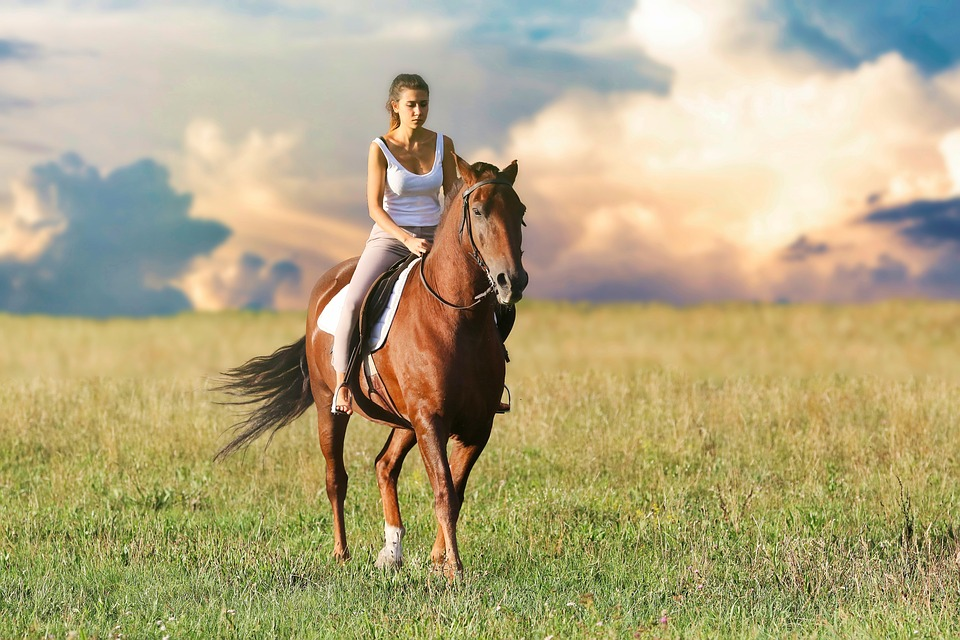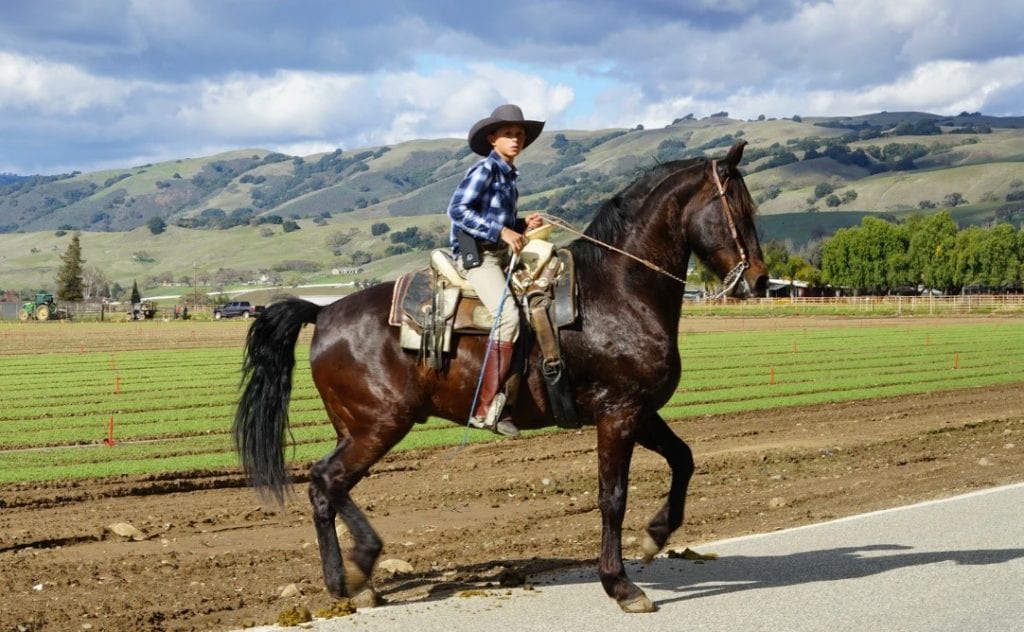Even the greatest equestrian was once a beginner. And it’s pretty exciting picking out your gear when you’re going on your first horseback ride. But, some simple and avoidable mistakes could make your first lesson uncomfortable either for you or the horse- or even both.

So, make sure to prepare adequately before going to your first lesson. We’ve prepared some tips to help you prepare and make your first lesson a memorable experience.
Work on Your Fitness
We know what you’re thinking. While horse riding doesn’t seem like it, it actually is quite some work. As soon as you’re on that saddle and moving, you’ll engage muscles that you probably haven’t for a while. And, you’ll feel the effects the next day. Whether you are physically active or not, make sure to get a bit of cardio and strength training before your lesson. Focus on flexibility to make your experience more favorable and up your riding abilities. Also, it will significantly reduce the chances of muscle pains the next day.
Have the Right Gear
Every prospective first rider struggles with choosing what to wear. But, it doesn’t have to be much of a hassle for you. For starters, make sure to have a helmet. Safety always comes first. The horse might be calm, and you could be facing your first lesson but accidents and falls can happen. And, the falls and injuries can be serious. Whether advanced or a beginner, always wear a safety helmet.
Secondly, wear suitable footwear also for safety reasons. Appropriate country boots and casual footwear will:
- Have a firm sole that doesn’t slide out
- Be Ankle height or even higher
- Be closed and have a protected toe
- Have at least 1-inch heel to avoid slipping through the stirrup
It is for these reasons that your sneakers or tennis shoes are not advised. And, while your hiking boots could sometimes work, they are too wide to fit in the stirrup.
Use the Stirrups and Sit Upright
Posture is very vital when horseback riding. When in the saddle, sit up straight and have your feet firmly in the stirrup with your heels pushed downwards. This helps you avoid injuries in case of an accident.
Beginners can often be spotted from a mile out because many tend to sit with dangling legs. But seasoned riders immediately tell you the safety that comes with having your weight distributed to your feet and having them firm on the stirrup.

Hold the Reins Low and Steady
Make sure to hold your hands at your hip level. Most beginners soon feel off-balance and think of raising their hands to have some stability. But, this is not good- not for you, not for the horse. When pulling back the reins to stop, you are less likely to be effective if your hands are raised in the air. Essentially, raising your hands will have you losing control of the horse.
And, you risk hurting the horse’s mouth if you yank the rein upwards. So, sit up in the saddle and hold the reins at your hip level towards the stomach. Also, when pulling the rein to stop, pull towards your belly button.
Communicate With the Horse Using Proper Signals
You don’t have to always pull the rein to talk to your horse. Your bodyweight could serve the purpose as well. Your horse will respond well to a shift in weight. Use your body and legs to easily communicate and direct the horse.
For instance, leaning back and sitting deep in the saddle with lowered heels while pulling the rein gently will stop your horse. For a right turn, look right and press your left leg gently into the horse’s left side. Lean forward when you want to go faster. It’s that simple.
Shifting weight is a signal to the horse to change direction or speed. And, that reminds us of the importance of good posture to not confuse the horse.
Before Running, Master the Basics
We all want that dream experience of wind blowing through the hair as we race. But, it’s not as easy as you imagine it, especially if you’re starting. You might end up experiencing what feels like the worst turbulence of your life.
So, master how to trot and walk before going for a run. Horses have amazing personalities and sometimes they do get mischievous. And, when you’re a new rider they may sense it and mess with you. They might run and stop suddenly to make you fall. Be confident, maintain great posture, and be in control. And most importantly, master the basics before attempting a run. We hope this helps you prepare for your first riding experience.

